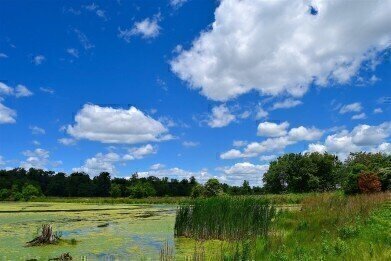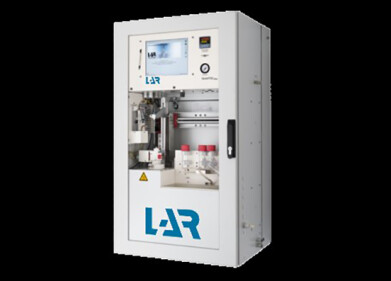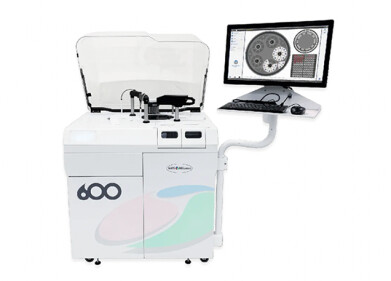Wastewater Analysis
Why Are Nitrogen and Phosphorous Thresholds Important to the UWWTD?
Jun 16 2021
The Urban Wastewater Treatment Directive (UWWTD) was brought into force in the EU in 1991 with the explicit aim of protecting the natural environment (and the plants, animals and humans living within it) from urban wastewater effluents. In December 2019, a thorough evaluation of the Directive was conducted to determine where and how the UWWTD had performed well – and where and how it could be improved.
To its credit, the UWWTD was found to have a particularly beneficial effect on the levels of nitrogen and phosphorous being emitted into bodies of water across the EU. But why exactly is reducing concentrations of these nutrients important? What would happen if they were allowed to exceed the thresholds deemed as safe by the EU? Read on to find out the answers to these questions and more.
Progress made – but room for improvement
One of the biggest success stories of the UWWTD in the 30 years since its introduction has been its impact upon the volumes of nitrogen and phosphorous which have infiltrated bodies of water throughout the bloc. The 2019 evaluation of the Directive found that on average, nitrogen levels in aquatic environments had been slashed by almost a third (32%), while phosphorous concentration reductions were even more impressive at 44%.
However, the evaluation did also conclude that the current thresholds of these nutrients as defined in the UWWTD may no longer be fit for purpose. That’s due to the fact that the 30-year-old legislation does not accommodate novel methods for monitoring wastewater from the wastewater network and across the sewage treatment plant to aid optimisation of nitrogen and phosphorous levels. It also doesn’t take into the severe problems that can arise when levels of these nutrients are allowed to spiral out of control – such as eutrophication.
What is eutrophication?
Given that nitrogen and phosphorous are nutrients, you might be forgiven for thinking that a surplus of them in an aquatic environment is no bad thing. However, an abundance of such nutrients can stimulate rapid growth of some organisms to the detriment of others, thus radically upsetting the delicate balance of the underwater ecosystem and endangering the survival of some species.
For example, excess nitrogen and phosphorous can lead to algal blooms, which manifest themselves in a proliferation of algae on the surface of the water. Not only does this alga consume more than its fair share of nutrients and dissolved oxygen (and thus deprive other organisms of these valuable resources), but it also blocks out sunlight from reaching the nether regions of the water body. This process is known as eutrophication and can be devastating for biodiversity.
Have your say
The original UWWTD did not recognise the severity of the eutrophication issue and as such, the thresholds imposed upon nitrogen and phosphorous in that document are no longer fit for purpose. However, the EU are aware of the problem and keen to rectify it, which is why they are holding a public consultation period prior to the revision of the UWWTD.
This public consultation is open from 28th April to 21st July 2021 and can be participated in by any EU citizen affected by the issue of wastewater. In particular, section III of the survey – found here – concerns itself with the subject of nitrogen and phosphorous thresholds, offering everyday people like you the chance to share their views and insights into the subject. What are you waiting for? Make your voice heard today.
Digital Edition
AET 28.4 Oct/Nov 2024
November 2024
Gas Detection - Go from lagging to leading: why investment in gas detection makes sense Air Monitoring - Swirl and vortex meters will aid green hydrogen production - Beyond the Stack: Emi...
View all digital editions
Events
Jan 12 2025 Abu Dhabi, UAE
Jan 14 2025 Abu Dhabi, UAE
Jan 20 2025 San Diego, CA, USA
Carrefour des Gestions Locales de L'eau
Jan 22 2025 Rennes, France
Safety, Health & Wellbeing LIVE
Jan 22 2025 Manchester, UK



















